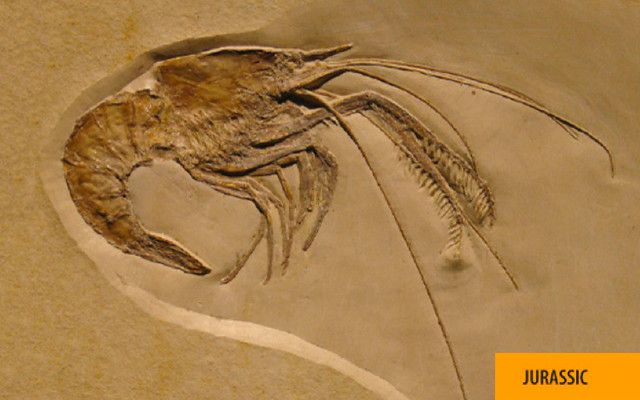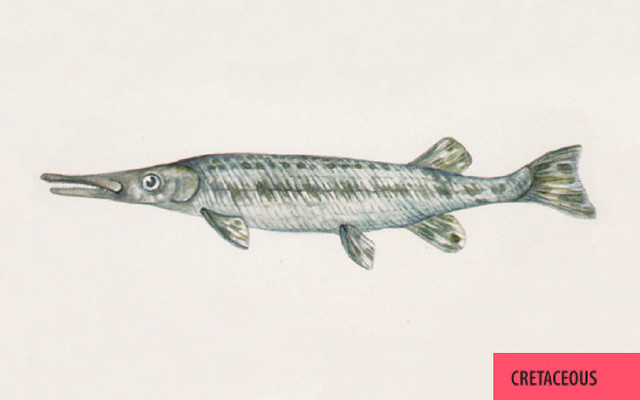For best results print the cards using the Firefox Browser
Cards
(QUICK LINKS: Decks | plants | mammals | birds | | reptiles | fish | cephalopoda | insects | microbe | events
( scientist | project | modifier | technique |)

Ginkgo
Ginkgoopsida


Sorry, there is no photo available. If you have one, please submit
here
.
EXTANT | 1 POINTS
The fan-shaped leaves of this ancient ginkgo tree, now extinct, are similar to modern ginkgo leaves.
warm, hot
Graphic by Kevmin (CC-BY-SA-2.0)www.amnh.org/
Ginkgo is a genus of highly unusual non-flowering plants. The scientific name is also used as the English name. The order to which it belongs, Ginkgoales, first appeared in the Permian,[4] 250 million years ago, possibly derived from “seed ferns” of the order Peltaspermales. The rate of evolution within the genus has been slow, and […] read more

Aeger elegans
Aeger elegans


Sorry, there is no photo available. If you have one, please submit
here
.
EXTINCT | 1 POINT
Play: MOVE of 1.
Aeger elegans is a species of shrimp that was found in the Solnhofen limestone of Germany.
warm
Graphic by Masur (CC-BY-SA-2.0)www.amnh.org/
Aeger elegans is a species of fossil prawn from the Solnhofen Plattenkalk.[1] (From Wikipedia, February 2015) read more

Nymphaeales (Water Lily)
Nymphaeales order


Sorry, there is no photo available. If you have one, please submit
here
.
EXTANT | 1 POINT
Water lily fossils have been found from as early as the Cretaceous period.
cool, warm
Graphic by Sixtybolts (CC-BY-SA-2.0)www.amnh.org/
Nymphaeales is an order of flowering plants, consisting of three families of aquatic plants, the Hydatellaceae, the Cabombaceae, and the Nymphaeaceae (water lilies). It is one of the three orders of basal angiosperms, an early-diverging grade of flowering plants. At least 10 morphological characters unite the Nymphaeales.[2]Molecular synapomorphies are also known. The Plant List, created […] read more

Waterscorpion
Nepidae family


Sorry, there is no photo available. If you have one, please submit
here
.
EXTANT | 2 POINTS
Play: MOVE of 1.
Waterscorpions are insects, but are not closely related to true scorpions.
warm
Graphic by Scott Morrisonwww.amnh.org/
Nepidae is a family of exclusively aquatic Heteropteran insects in the order Hemiptera.[1] They are commonly called waterscorpions for their superficial resemblance to scorpions, which is due to their raptorial forelegs and the presence of a long slender process at the posterior end of the abdomen, resembling a tail. There are 14 genera in the […] read more

Aspidorhynchus
Aspidorhynchus


Sorry, there is no photo available. If you have one, please submit
here
.
EXTINCT | 2 POINTS
Play: MOVE of 2.
Aspidorhynchus was a speedy, two-foot long fish, with tooth-lined, elongated jaws.
warm
Graphic by Ivy Rutskywww.amnh.org/
Aspidorhynchus (meaning “shield snout”) is an extinct genus of ray-finned fish from the Jurassic andCretaceous periods. Fossils have been found in Europe and Antarctica. Aspidorhynchus was a slender, fast-swimming fish, 60 centimetres (2.0 ft) long, with tooth-lined, elongated jaws. It also had heavy scales and a symmetrical tail. The upper jaw was longer than the lower […] read more

Obaichthys
Obaichthys


Sorry, there is no photo available. If you have one, please submit
here
.
EXTINCT | 3 POINTS
Play: MOVE of 1.
Obaichthys is a primitive garfish, whose fossils have been found in Brazil.
warm
Graphic by Ivy Rutskywww.amnh.org/